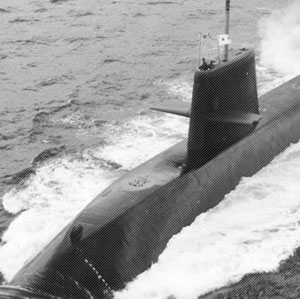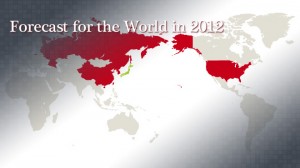Hold An Autonomous Nuclear Deterrence Capability!
~Times when the U.S. cannot guard Japan are coming~
Increase submarines and load nuclear cruise missiles on them!

SS OYASHIO (second) class, Japan Maritime Self-Defense Force (JMSDF), which is expected to be the ace for the Japan’s national defense (reprinted from the home page of the JMSDF)
So, what should be the strategy to break the deadlock for Japan, which is being targeted by the nuclear missiles of China, North Korea and Russia? Incidentally, there are three types of nuclear war potential, which are the ICBMs that are fired on the ground, the SLBMs or the cruise missiles that are fired from submarines and the nuclear bombs that are dropped from long-range bombers. Among these, Japan does not need the ICBMs and the long-range bombers, because these are liable to be destroyed by the leadoff attack from other countries when being deployed on densely populated island countries like Japan.
Thus the use of the missiles fired from submarines is the most practical option for Japan, and in fact, the United Kingdom and France also came to the same idea. It is fully safe for Japan, which is encircled by the sea, to just deploy the missiles in the sea. China will be holding eighty submarines within the next couple of years. And now, turning to Japan’s war potential, the number is only eighteen, which is too small to confront China. Ideally, it should be increased to about thirty.
China’s antisubmarine fighting capacity is too low to sink Japan’s submarines. For example, assume that ten small cruise missiles are loaded on each of twenty out of thirty submarines. In this case, the number of the submarines that China can sink at the same time would be two at the most, no matter how lucky it may be. Therefore, Japan can go on the counterattack against China with the remaining surviving submarines. That is sufficient as a nuclear deterrence capability. Of course, it is better to use nuclear submarines, but the current diesel-run submarines are also usable.
In addition, as modern cruise missiles can fly for a long-distance, Japan does not need the ballistic missiles, such as the SLBMs. I love the cruise missiles so much as to be called a “cruise missile fetishist”, because they are cheap. Also it is very difficult for interceptor missiles to shoot down cruise missiles. While ballistic missiles, which fly on a definite course, can be shot down by counter missiles, cruise missiles can hardly be detected by the radar, as they fly at a low altitude and run about in the sky like a mouse.
Moreover, modern cruise missiles can make a U-turn. Even if Japan fires them, their impact can be stopped a couple of minutes before impact on enemy territory when necessary. Such performance is not possible for the SLBMs.
The minimum autonomous nuclear deterrence capability needed for Japan is attainable with the investment worth only 0.1% to 0.2% of the GDP, or 1.1% to 1.2% when including the budget of the Japanese Self-Defense Forces. There is no risk of financial failure.























